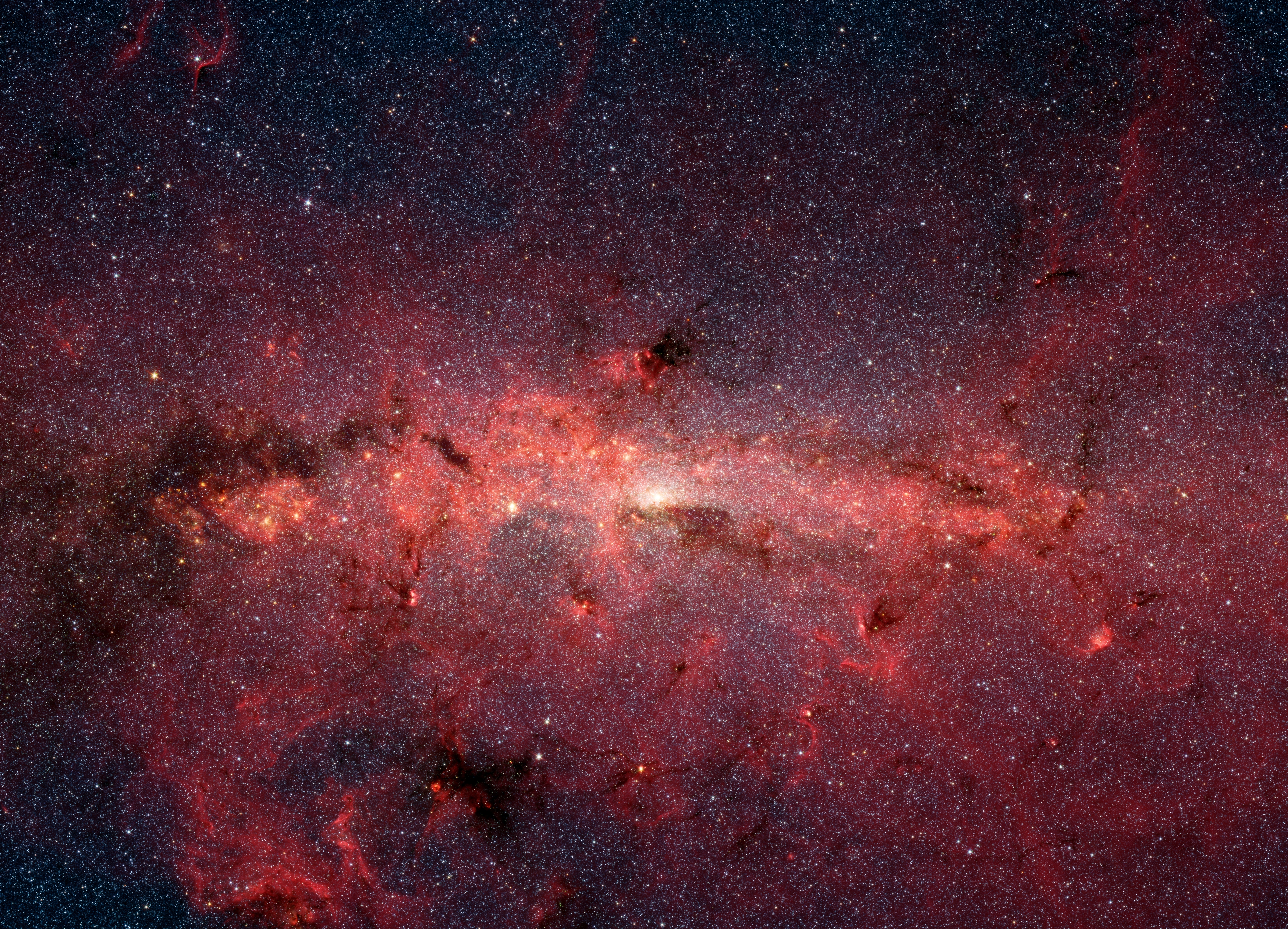Close to 150 years ago, astronomer Christian Peters found what was to be designated minor planet 130 Elektra, a massive asteroid that’s about 200 km (124 mi) in its longest dimension and may measure up to 7.0 × 1018 kg in mass. Now, it’s almost 150 years later and we might not even be done discovering new things about this seemingly-colossal asteroid, as a collaboration between Thai and French astronomers revealed that Elektra may be carrying with it one more companion than initially thought, making Elektra the first-known quadruple asteroid system.
The novel study, published in the journal Astronomy & Astrophysics, was the result of a concerted research effort between researchers from the National Astronomical Research Institute of Thailand (NARIT), with NARIT and Chulalongkorn University (CU) postdoctoral researcher Dr. Anthony Berdeu serving as the first author of the work.
The jackpot image that landed the research team their landmark discovery was the product of the Integral Field Spectrograph (IFS) of the Spectro-Polarimetric High-contrast Exoplanet Research (SPHERE) facility, a set of instruments attached to the Very Large Telescope (VLT) of the European Southern Observatory (ESO). The ESO itself is located deep within the Atacama Desert in Chile.
While combing through earlier VLT observations of the moons of Jupiter back in 2019 to test out a newly-developed data processing algorithm for SPHERE/IFS called Projection, Interpolation, and Convolution (PIC), Dr. Berdeu noticed an observation of the minor planet 130 Elektra within the gathered data; this very data set was used by an earlier team of researchers to discover the minor planet’s second satellite as early as 2016, whose results were published in The Astrophysical Journal Letters. (The PIC algorithm was further detailed in a study published in the journal Astronomy & Astrophysics.)
From there, Dr. Berdeu confirmed the results declared by earlier research that found Elektra’s second satellite. However, he also found evidence for a third satellite; this particular find, though remarkable at first glance, was otherwise hard to prove given the bright halo emitted by the main body of Elektra as it reflected the Sun. This halo obscured this and any future attempts to ascertain the existence of the third moon, thus necessitating yet another pass at the data from the large asteroid later on.
The chance for yet another pass came in 2021 as Dr. Berdeu took a postdoctoral research position at NARIT. There, he developed yet another algorithm that can reduce the effects of the halo light emitted by Elektra itself. Using it on the same 2014 data set that revealed the existence of Elektra’s first two satellites, Dr. Berdeu and the research team found the third satellite; using the same set of algorithms on future observations of the minor planet after 2014 also showed the same three bodies orbiting the large asteroid, confirming their findings.
These results paint a unique and a more complete picture of Elektra: its first moon, found back in 2003, is some 6 km (3.7 mi) wide and orbits about 1,300 km (808 mi) away; the second one, found in 2014, is a mere 2 km (1.2 mi) wide, and orbits at a distance of 500 km (310 mi). The newest and third one, on the other hand, sits 344 km (214 mi) away from Elektra and is about 1.6 km (1 mi) across. This find makes Elektra the first quadruple asteroid system known to astronomy.
Dr. Berdeu’s team remains hopeful that their new algorithms can be used to comb over future and even past data sets of asteroids, which may reveal the existence of even smaller bodies that would be otherwise obscured by larger asteroids in regular circumstances.
References
- Berdeu, A., Langlois, M., & Vachier, F. (2022). First observation of a quadruple asteroid—Detection of a third moon around (130) Elektra with SPHERE/IFS. Astronomy & Astrophysics, 658, L4. https://doi.org/10.1051/0004-6361/202142623
- Berdeu, A., Soulez, F., Denis, L., Langlois, M., & Thiébaut, É. (2020). PIC: A data reduction algorithm for integral field spectrographs – Application to the SPHERE instrument. Astronomy & Astrophysics, 635, A90. https://doi.org/10.1051/0004-6361/201936890
- Irving, M. (2022, February 17). First quadruple asteroid discovered in the solar system. New Atlas. https://newatlas.com/space/first-quadruple-asteroid-elektra/
- NARIT researcher discovered the first ever quadruple asteroid system. (n.d.). NARIT. Retrieved 14 March 2022, from https://www.narit.or.th/index.php/en-news/2137-narit-researcher-discovered-first-ever-quadruple-asteroid-system
- Yang, B., Wahhaj, Z., Beauvalet, L., Marchis, F., Dumas, C., Marsset, M., Nielsen, E. L., & Vachier, F. (2016). Extreme ao observations of two triple asteroid systems with sphere. The Astrophysical Journal, 820(2), L35. https://doi.org/10.3847/2041-8205/820/2/L35











